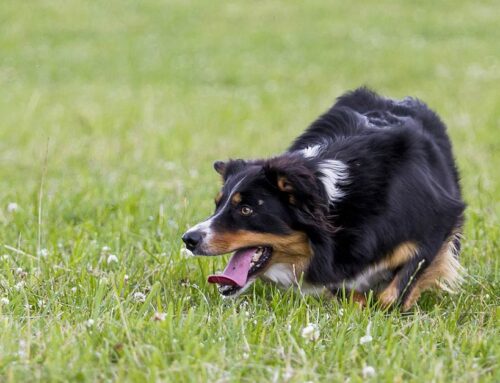 In the Fearful Dog Group that I started on Facebook I have established guidelines regarding the methods, techniques or ideologies that are appropriate for sharing with group members.
In the Fearful Dog Group that I started on Facebook I have established guidelines regarding the methods, techniques or ideologies that are appropriate for sharing with group members.
A common, and often hotly debated piece of advice is to encourage people to be better leaders. Though seemingly a benign suggestion it is ambiguous enough for both the giver and the receiver of the advice to have very different interpretations of the term. Given that we already have more appropriate terms for our relationship with the dogs we are training- trainer or teacher, there is no need to use a word that comes saddled with the baggage of pack leadership, alpha rolls and dominance. Even if this form of leadership is not what someone is suggesting, we can spare ourselves the need to explain our version of leadership merely by using another word. We don’t need to be good leaders in order to train dogs anyway, we need to be good trainers.
Nothing in life is free (NILIF) or closing the economy on a reinforcer- making the receipt of a valued or necessary reinforcer contingent on the dog’s performance of a specific behavior- is another training option that is not recommended in the group. In general there is nothing wrong or inhumane about it so long as an animal receives enough of the reinforcement to maintain good health and quality of life. Understanding how we can manipulate the motivators we have to train a dog is important. It makes sense if one is going out into the woods with their beagle off-leash to practice recalls, to skip the dog’s breakfast and have a pouch full of steak and cheese. Maybe (just maybe) we can begin to compete with other reinforcers in the environment that are going to make it more challenging for Tippy to respond to our recall instead of the scent of the herd of deer that wandered by before we got there.
If parents are struggling to get little Jimmy to pick up his dirty laundry, make his bed, do his homework, etc., and they are tired of punishing him, taking away his allowance, or making threats, knowing that playing video games is something Jimmy loves to do, they can take advantage of this to build the behaviors they are after. By making playing video games contingent on the performance of the desired behaviors, they can stop threatening punishment and put the ball in Jimmy’s court. Picking his towel up off of the bathroom floor and putting it in the hamper earns him 15 minutes of game time, bed making earns half an hour.
It’s important that any behavioral requirement we put on Jimmy (or Tippy) is one that they are capable of performing. If Jimmy is not doing his homework because the math is too complicated or written words are hard for him to comprehend, and he cannot earn his video playing time, we could expect to see him find other ways to be reinforced, or become frustrated. He might stop coming home from school right away to hang out at a friend’s house where he can play video games. He then starts smoking pot, steals cars for joy rides, gets arrested and ends up spending his youth in detention centers. OK, maybe this is an exaggeration, but my point is that it’s important that all animals have the opportunity to participate in activities that are positively reinforcing to them, and it’s our job as teachers to figure out what those are, and make it clear and possible for them to be attained.
In the case of fearful dogs we can assume that the motivator of the dog’s behavior is to protect themselves, to find a way to minimize what they perceive as a threat to their health and safety. Making the receipt of the most primary of reinforcers, food, contingent on doing something we want them to do, but scares them, is not fair. I would like to think that this is so blindingly obvious that it needs no further explanation. It is one thing to close the economy on food to compete with squirrels, it’s another thing to use it to coerce an animal into doing something that terrifies them.





